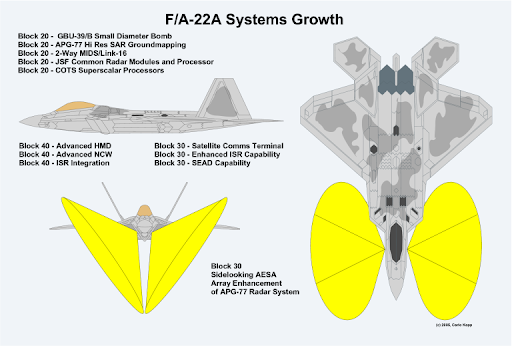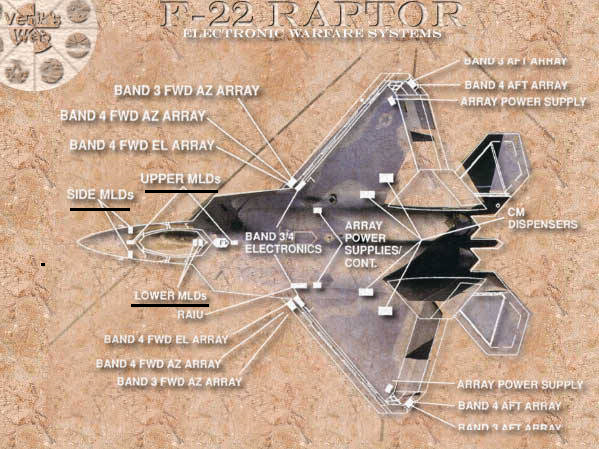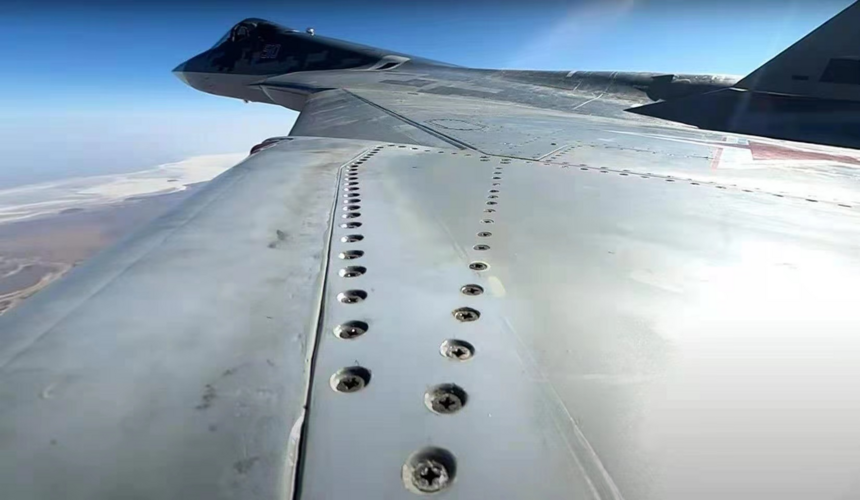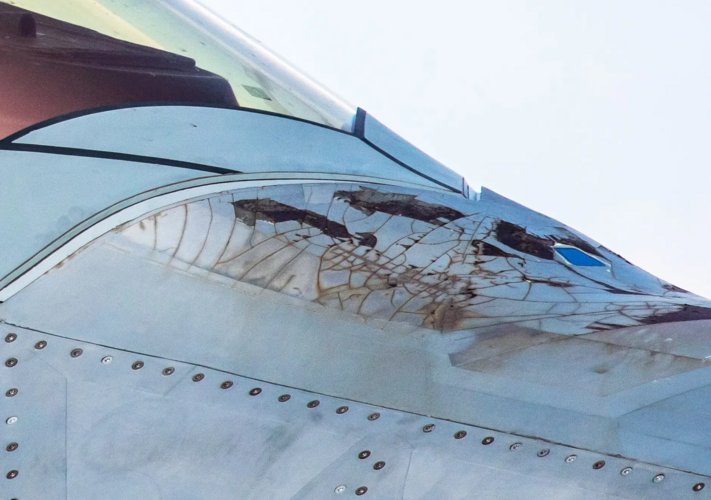tequilashooter
ACCESS: Top Secret
- Joined
- 1 January 2021
- Messages
- 699
- Reaction score
- 891

Russian tech firm launches work on sixth-generation engine for combat aircraft
At the moment, Russia is developing fifth-generation engines, which are item 30 for the Su-57 fifth-generation fighter and the Item RF for the prospective aviation complex for long-range aviation
Russian tech firm launches work on sixth-generation engine for combat aircraft
At the moment, Russia is developing fifth-generation engines, which are item 30 for the Su-57 fifth-generation fighter and the Item RF for the prospective aviation complex for long-range aviation
MOSCOW, July 16. /TASS/. Russia’s United Engine Corporation (part of the state tech corporation Rostec) is launching R&D work on the sixth-generation engine for combat aircraft, United Engine Corporation Deputy CEO for Strategy Mikhail Remizov told TASS on Friday.
"Now work is starting in several promising areas: the technologies of the sixth-generation engine, a combined powerplant, and the more electric engine technology. The R&D effort on the sixth-generation demonstrator engine technology has been included in the long-term work schedule of the United Engine Corporation and our applications for state program financing," he said.
A government decision and state financing will be required for the work on developing the sixth-generation engine, the deputy chief executive said.
Russia is currently developing fifth-generation engines: Item 30 for the Su-57 fifth-generation fighter and the Item RF for the prospective aviation complex for long-range aviation (PAK DA).





